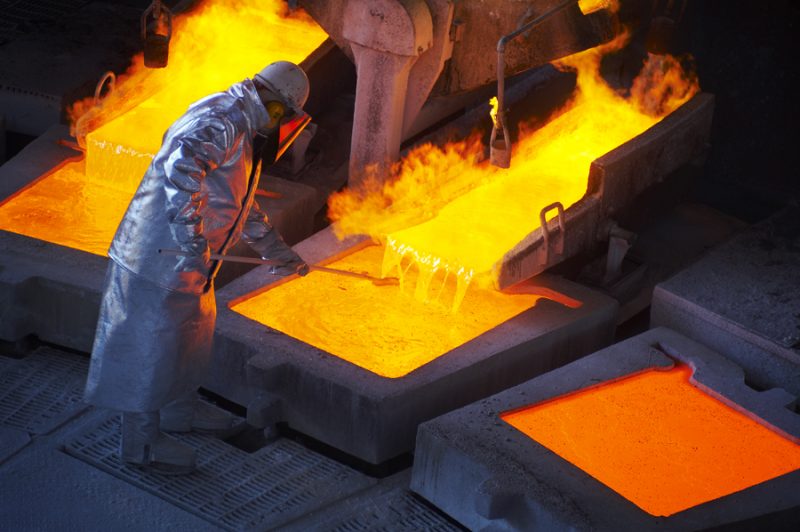
Copper Smelters Manage Tight Concentrate Market in 2025
Copper smelters have managed the tight concentrate market and low treatment charges (TC/RC) relatively well in 2025. According to Mercuria’s analyst Snowden at the Financial Times Metals and Mining conference, despite a negative TC/RC environment, smelters continue to see refined production growth. He explained, “We’re not yet at a margin point that is generating demand destruction.” The concentrate market remains very tight, with an expected deficit of nearly half a million tonnes in 2026, continuing the trend following the loss of Cobre Panama in late 2023. This scarcity drives up concentrate prices and reduces inventories.
China’s strategic priority to secure copper supply also affects global smelting dynamics. Snowden noted that China maintains high copper smelting rates to reduce dependence on imports amid US tariff concerns. China operates around 60-65 copper smelters, far outnumbering Europe’s 15 and North America’s three. This contributes to the slow adjustment in treatment charges and sustained market tightness.
Western Smelters Face Competitive and Structural Challenges
Western copper smelters confront increasing operational pressures as competitors in China expand capacity. Aurubis CEO Toralf Haag emphasized the need for competitiveness through processing complex ores and expanding multi-metal portfolios beyond copper to gold, silver, and tin. Aurubis is also growing its recycling operations, now 45% of total production, including a new recycling smelter in the US.
Moreover, zinc and lead smelters like Nyrstar are focusing on critical metals such as antimony, germanium, and tellurium to enhance competitiveness and regional autonomy. CEO Guido Janssen called for government support to protect these emerging markets from disruptions and underscored the importance of regional processing to avoid overreliance on external producers.
However, Western smelters face structural disadvantages, including higher energy costs and slower regulatory processes. Haag highlighted the stark contrast between investment climates in Europe and the US, with Europe needing to adopt a more entrepreneurial approach to new projects. Despite challenges, financial support from governments, like Germany’s backing of Aurubis’ Canadian ventures, offers some relief.
SuperMetalPrice Commentary:
The copper smelting sector remains under significant strain from tight concentrate markets and geopolitical factors. While smelters have not yet reached “peak pain,” ongoing deficits in concentrate supply and strategic Chinese policies maintain pressure on global smelting margins. Western smelters must innovate through diversification, recycling, and critical metals valorization to stay competitive. However, structural challenges such as high energy costs and regulatory hurdles limit rapid expansion outside China. Long-term industry reshaping depends heavily on policy support, especially to protect emerging critical metals markets and encourage sustainable regional processing. Investors should watch closely for shifts in Chinese capacity controls and Western policy reforms, which will define copper smelting’s global balance in the next five years.


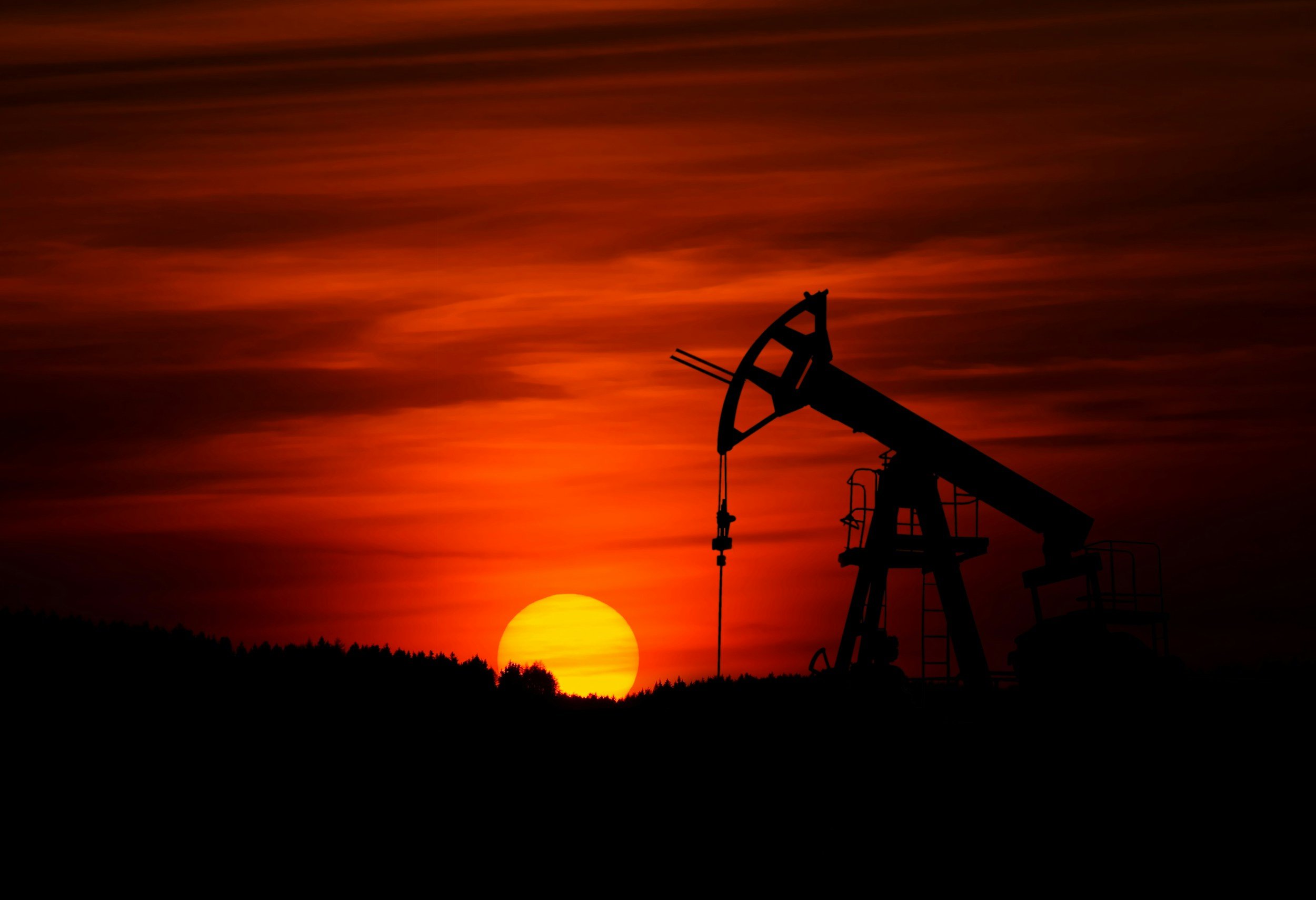

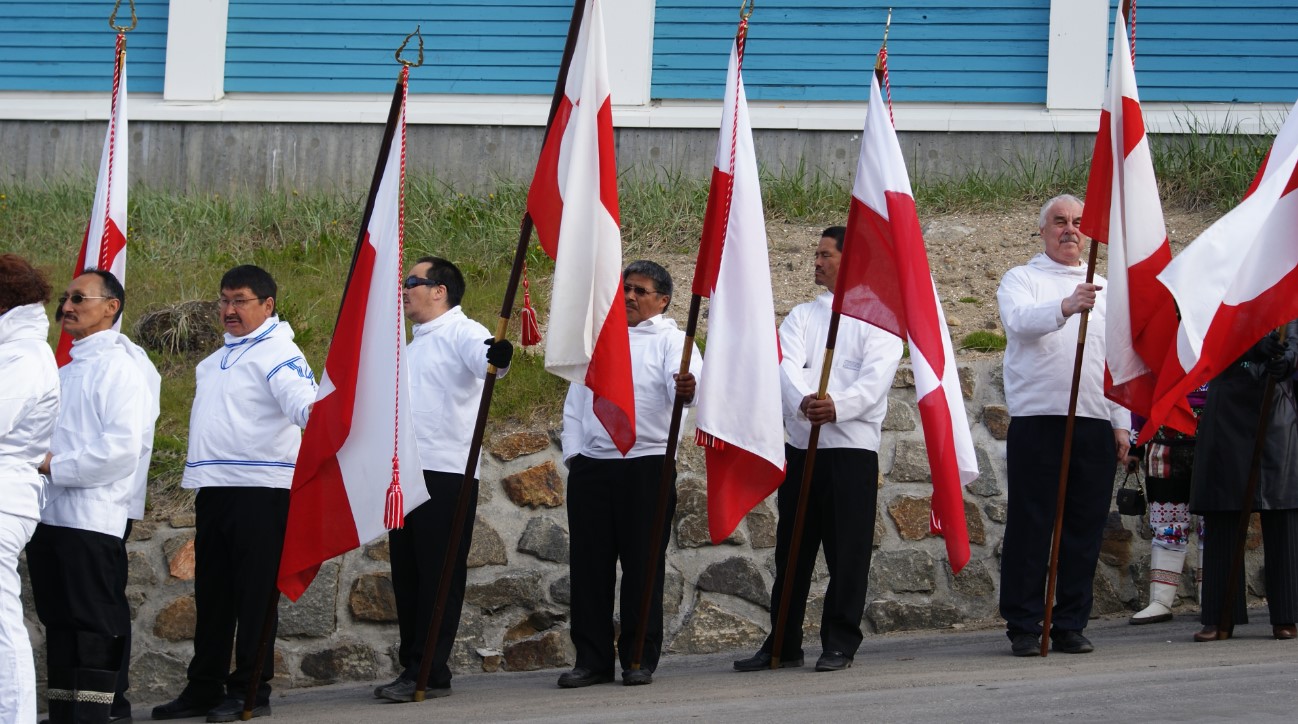


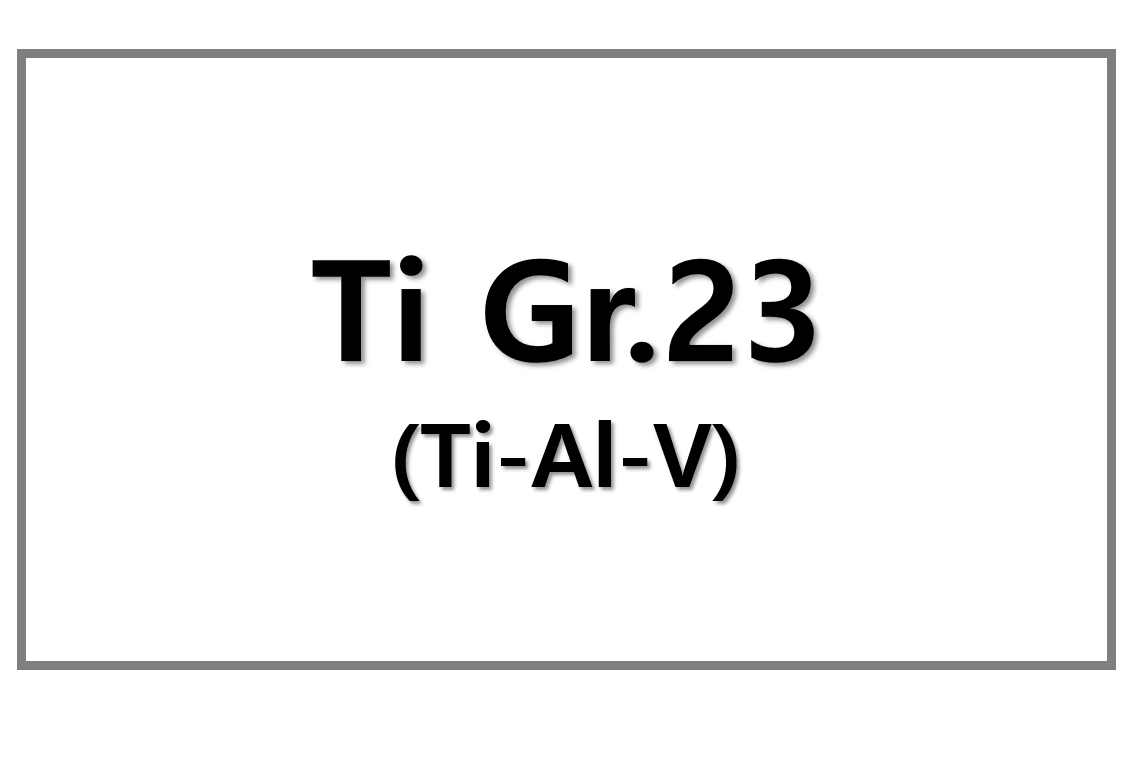
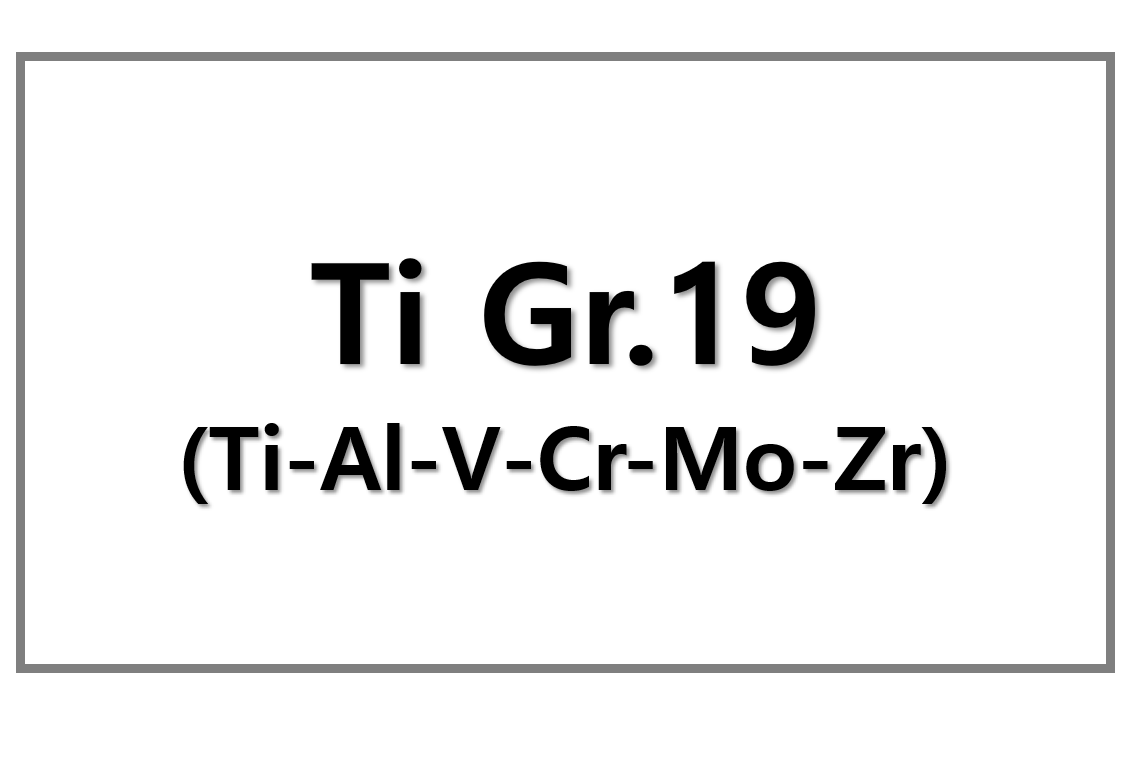
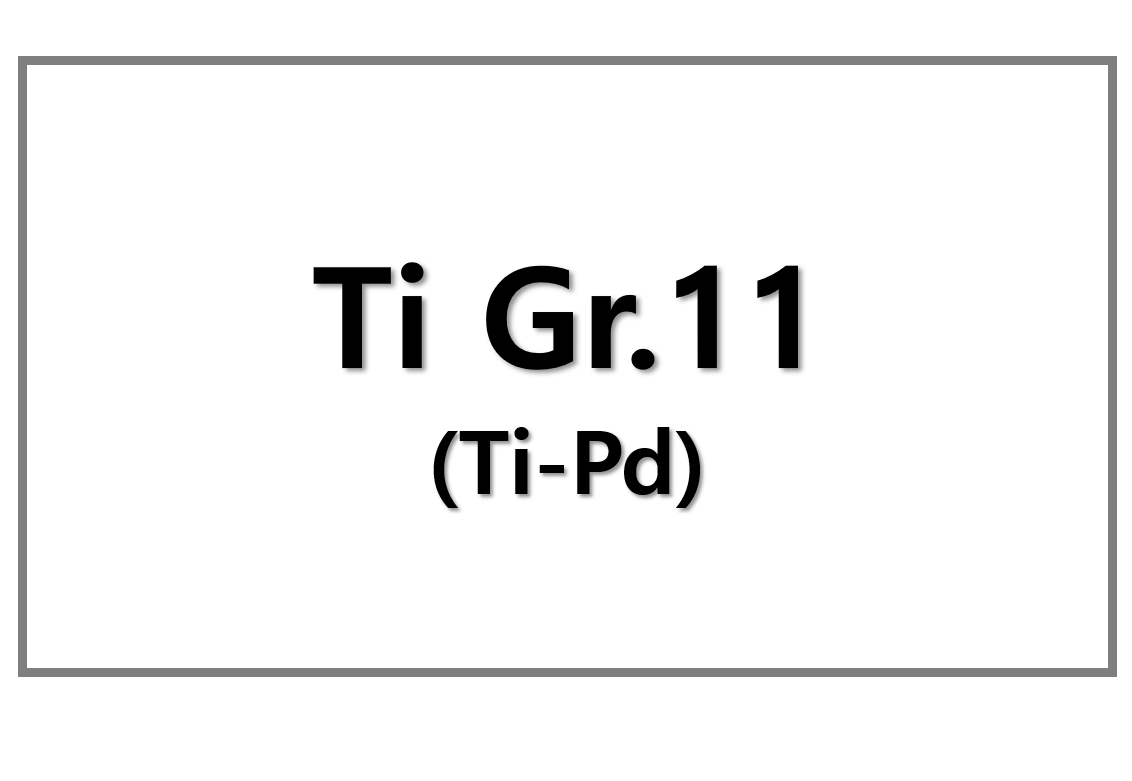
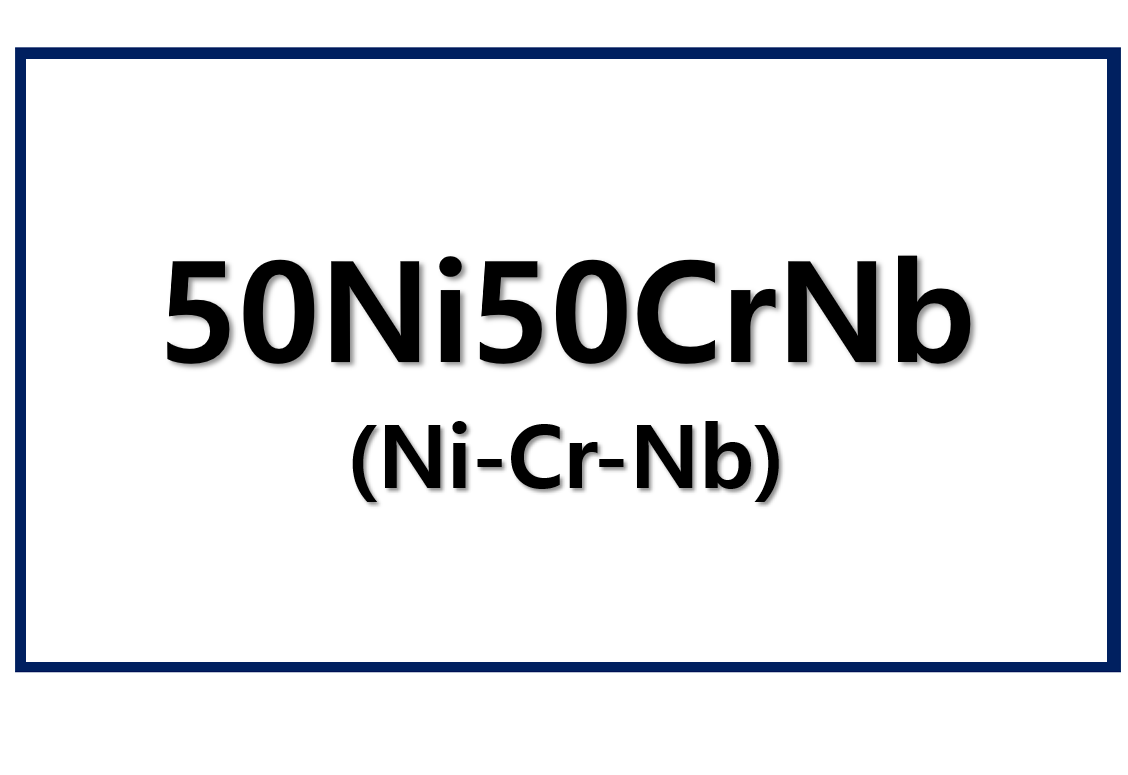
Leave a Reply
You must be logged in to post a comment.